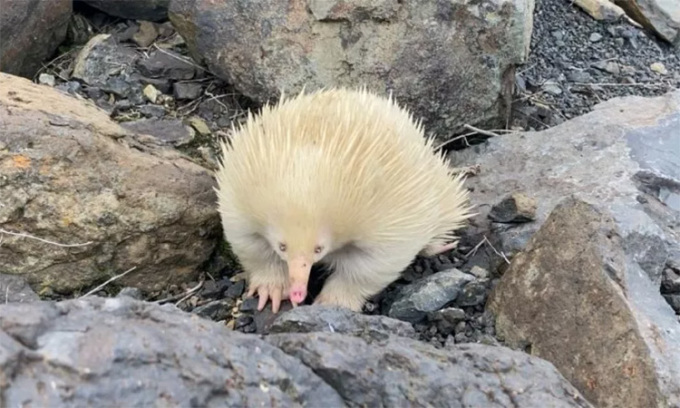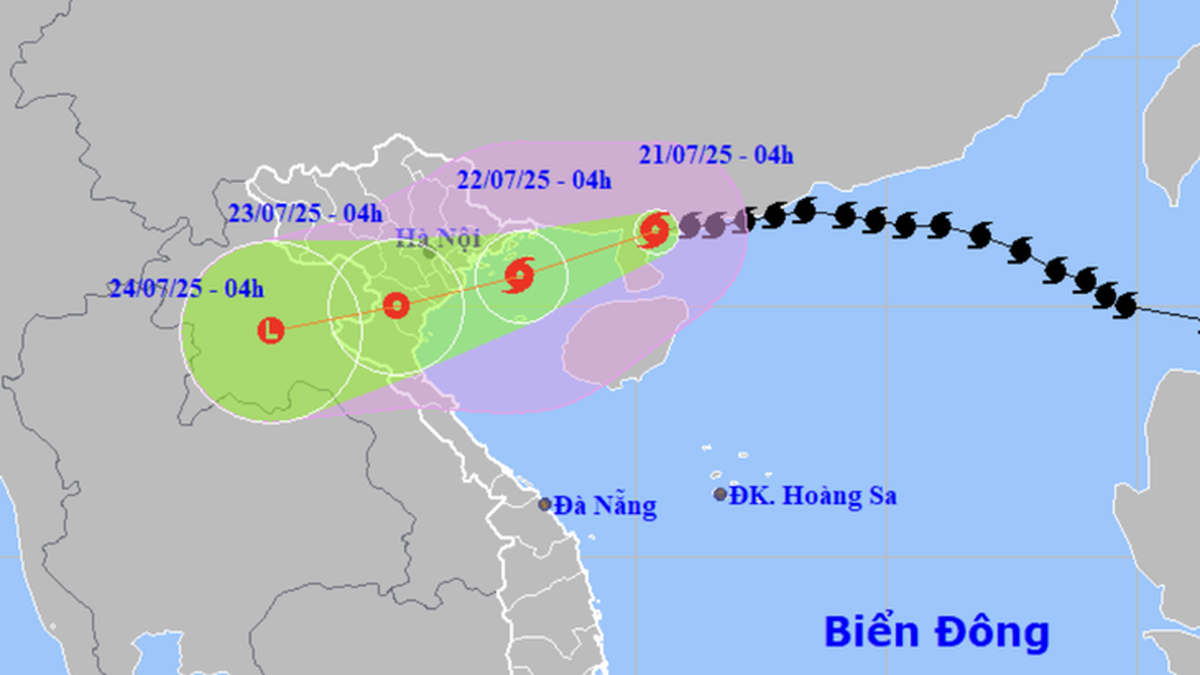Bathurst Regional Councillor discovers albino echidna wandering around the city and names him Raffie after Raffaello coconut candy.

Raffie the short-beaked echidna in Bathurst has white fur due to albinism. Photo: Bathurst Regional Council
"The short-beaked echidna ( Tachyglossus aculeatus ) is very shy and elusive. Sightings of an albino short-beaked echidna are extremely rare," a representative of the Bathurst Regional Council told Newsweek on May 5. Albinism causes the animal's body to not produce the pigment melanin, thus giving it an unusual white coat.
The short-beaked echidna is widely distributed throughout Australia. However, it is rarely seen in the wild due to its reclusive lifestyle. According to the Australian Museum, the animal is easily recognizable by its sharp spines, short legs and distinctive snout.
“Their spines act as a line of defence against predators. When faced with a predator, they will curl into a ball, with their spines pointing outwards, or move and burrow underground for safety,” said a representative of Bathurst Regional Council.
Platypuses and echidnas are the only mammals that lay eggs. About a month after mating, the female echidna will lay a single soft-shelled egg in her pouch. The egg will hatch in about 10 days.
Short-beaked echidnas play an important role in the local environment and are often referred to as “ecosystem engineers”. “They spend a lot of time digging and moving soil to find prey such as termites and ants. This improves soil quality by turning and mixing organic matter. They break up hard soil, allowing young plants to grow through, and also improve water filtration, increasing soil moisture,” explains a representative from Bathurst Regional Council.
The short-beaked echidna also helps spread mycorrhiza fungi. This is important for plant health and biodiversity because mycorrhiza fungi help native plants increase their ability to absorb nutrients from Australia’s poor soils.
Thu Thao (According to Newsweek )
Source link






















![[Photo] National Assembly Chairman Tran Thanh Man visits Vietnamese Heroic Mother Ta Thi Tran](https://vphoto.vietnam.vn/thumb/1200x675/vietnam/resource/IMAGE/2025/7/20/765c0bd057dd44ad83ab89fe0255b783)











































































Comment (0)